Umbrella Tree Diseases and Pests: A Comprehensive Guide to Ensuring the Health of Your Plant
Umbrella Trees (Schefflera), with their lush foliage and an unmistakable tropical aesthetic, have become an acclaimed choice among plant enthusiasts and interior decorators alike. Their capacity to purify air and adapt to indoor environments further enhances their appeal. However, despite their generally hardy nature, Umbrella Trees can fall victim to a range of diseases and pests that can impair their health and aesthetic appeal.
Ensuring a thriving, vibrant umbrella tree necessitates a keen understanding of the potential problems one might face while cultivating them. In this blogpost, we will explore various diseases and pests that commonly afflict the Umbrella Tree, with a particular emphasis on mold, aphids, mealybugs, and spider mites, along with pertinent solutions to address these issues effectively.
Umbrella Tree Mold: A Stealthy Adversary
A widespread issue often encountered by Umbrella Tree enthusiasts is mold, which silently infiltrates, often becoming noticeable only once it has significantly established itself. Mold is a microscopic fungus that can present itself in numerous forms, each characterized by different visual cues and potential impacts on your tree. Typically, an umbrella tree afflicted by mold will exhibit telltale signs such as a whitish, powdery substance on its leaves, or black, sooty patches, both of which impede the plant's ability to photosynthesize and thereby hinder its growth and vitality.
Causes and Countermeasures:
Mold predominantly arises in environments that are high in humidity and deficient in ventilation. An inadequate light can also contribute to mold development. Addressing mold involves a two-pronged approach: direct intervention and environmental alteration.
Direct intervention can involve gently wiping away visible mold or employing anti-fungal agents. Meanwhile, ensuring that your tree is situated in a well-ventilated area, receives ample light, and is not subjected to overly humid conditions will mitigate future mold development. Remember that a preventative strategy, by manipulating environmental conditions, is paramount to avoiding recurrent mold issues.
Umbrella Tree Pests: A Trio of Troublesome Invaders
Embarking on the journey of caring for an Umbrella Tree involves not only basking in the lush, aesthetic appeal of its foliage but also navigating through potential pitfalls that threaten its health and vitality. Amongst the myriad challenges that gardening enthusiasts may encounter, pests – specifically aphids, mealybugs, and spider mites – emerge as notable adversaries that can significantly imperil your tree. These minuscule marauders, while small in stature, can induce substantial damage, curtailing the growth, health, and vibrancy of your treasured green companion.
Aphids
Aphids, tiny, pear-shaped insects, often appear in colonies, usually undersides of leaves or where leaves and stems connect. They deplete the sap from umbrella trees, causing foliage to yellow and curl. Furthermore, the honeydew excreted by aphids can attract ants and facilitate sooty mold.
Dealing with Aphids:
Implementing a robust solution for aphids involves both mechanical and chemical strategies. A strong stream of water can dislodge aphids from your tree, while applications of insecticidal soap or neem oil provide a chemical countermeasure that is safe for most plants.
Mealybugs
Mealybugs present as small, white, cottony masses and are often found in leaf axils, undersides of leaves, and along stems. They, too, extract sap and excrete honeydew, leading to a weakened tree and potential secondary mold issues.
Countering Mealybugs:
Physical removal using a soft brush or cloth, coupled with targeted insecticide or neem oil application, is effective against mealybugs. Regular inspections and immediate intervention are key to preventing an infestation from establishing itself.
Spider Mites
Spider mites, microscopic arachnids, weave fine, silky webs on the umbrella tree while feeding on its sap, leading to stippled and discolored leaves, and in severe cases, leaf drop.
Addressing Spider Mite Issues:
Introducing natural predators, such as ladybugs, or applying miticides can effectively combat spider mites. Increasing humidity and ensuring your tree is not stressed through under-watering also deter spider mite activity.
Ultimately, understanding that each pest and disease come with its own set of challenges and solutions is pivotal to successfully navigating the complex journey of maintaining a healthy umbrella tree...
Sustainable Solutions: The Key to Long-Term Health
As we delve further into the realm of Umbrella Tree care, it’s pivotal to note that sustainable, long-term solutions often lie in consistent and preventive measures. For example, regular checks for pests and disease symptoms, correct watering schedules, and ensuring optimal light and humidity conditions preempt many issues before they can take root.
Moreover, whenever possible, opting for organic or environmentally-friendly solutions, such as neem oil, which acts as a natural pesticide, not only mitigates potential harm to your Umbrella Tree but also safeguards the overall environmental health of your space.
Environmental Harmony: Crafting an Ideal Habitat
When it comes to creating a flourishing environment for your Umbrella Tree, tuning into its native habitat's characteristics provides valuable insights. Native to Taiwan and Hainan, Umbrella Trees naturally thrive in environments that are humid yet well-ventilated, with ample, indirect light. Ensuring your indoor environment echoes these conditions will not only bolster the vitality of your tree but also significantly reduce susceptibility to pests and diseases.
Integrated Pest Management: A Holistic Strategy
Employing an Integrated Pest Management (IPM) approach implies adopting a multifaceted strategy that maximizes preventive measures and employs chemical interventions judiciously. By focusing on creating an inhospitable environment for pests, you reduce the need for chemical pesticides. And, when pest issues do arise, employing targeted, minimal-impact interventions ensures that the overall ecological balance of your environment remains intact.
Knowledge: The Most Important Resource
Providing resources and regular knowledge-sharing with the broader community can significantly amplify collective learning and success in cultivating Umbrella Trees. Engaging in forums, reading blogs, and possibly even attending community events or workshops can help you establish a network of informed, enthusiastic individuals who are well-equipped to navigate the nuances of Umbrella Tree care, thereby creating an interconnected web of plant enthusiasts who bolster each other's journey.
Crafting a Flourishing Future for Your Umbrella Tree
In encapsulation, while the lush, verdant foliage of the Umbrella Tree can invariably elevate any space it occupies, its health and vigor are contingent upon an informed, attentive approach to its care. Understanding, identifying, and mitigating potential threats posed by mold, aphids, mealybugs, and spider mites ensures that your tree not only survives but thrives, enriching your space with its vibrant presence.
Your commitment to ensuring the well-being of your Umbrella Tree intertwines with a broader narrative of sustainability, environmental consciousness, and a nurturing approach to the world around us. At Varnish&Vine, we’re not just cultivating plants; we’re seeding a future where our coexistence with nature is harmonious, informed, and inherently respectful.
While this article provides a basic understanding and approach towards managing diseases and pests in Umbrella Trees, the journey of learning and exploration in the vast world of plant care is continuous and ever-expanding. We invite you to delve deeper, explore further, and join us in crafting a future where each leaf is lush, every plant is thriving, and every space is vibrantly alive.
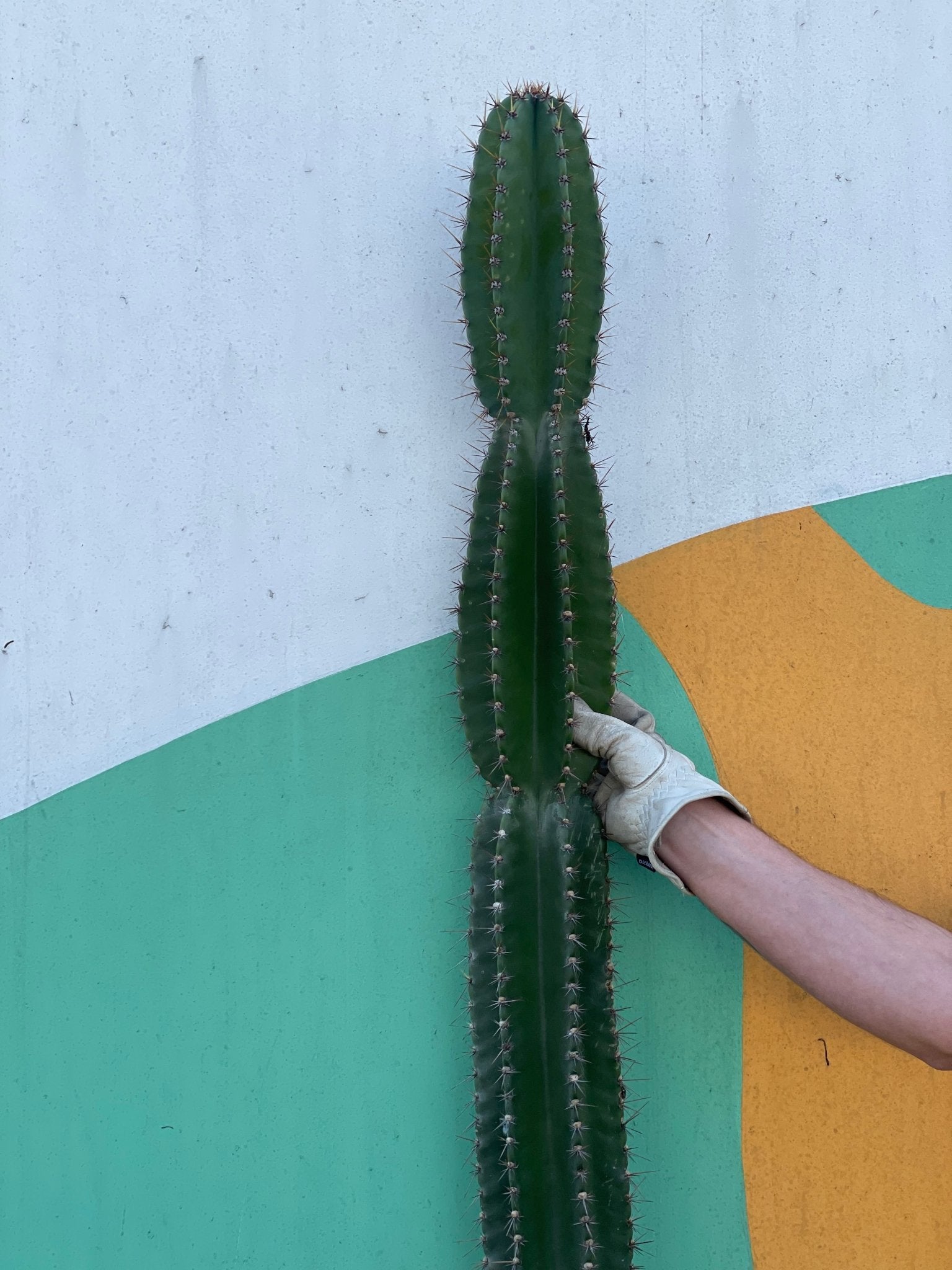
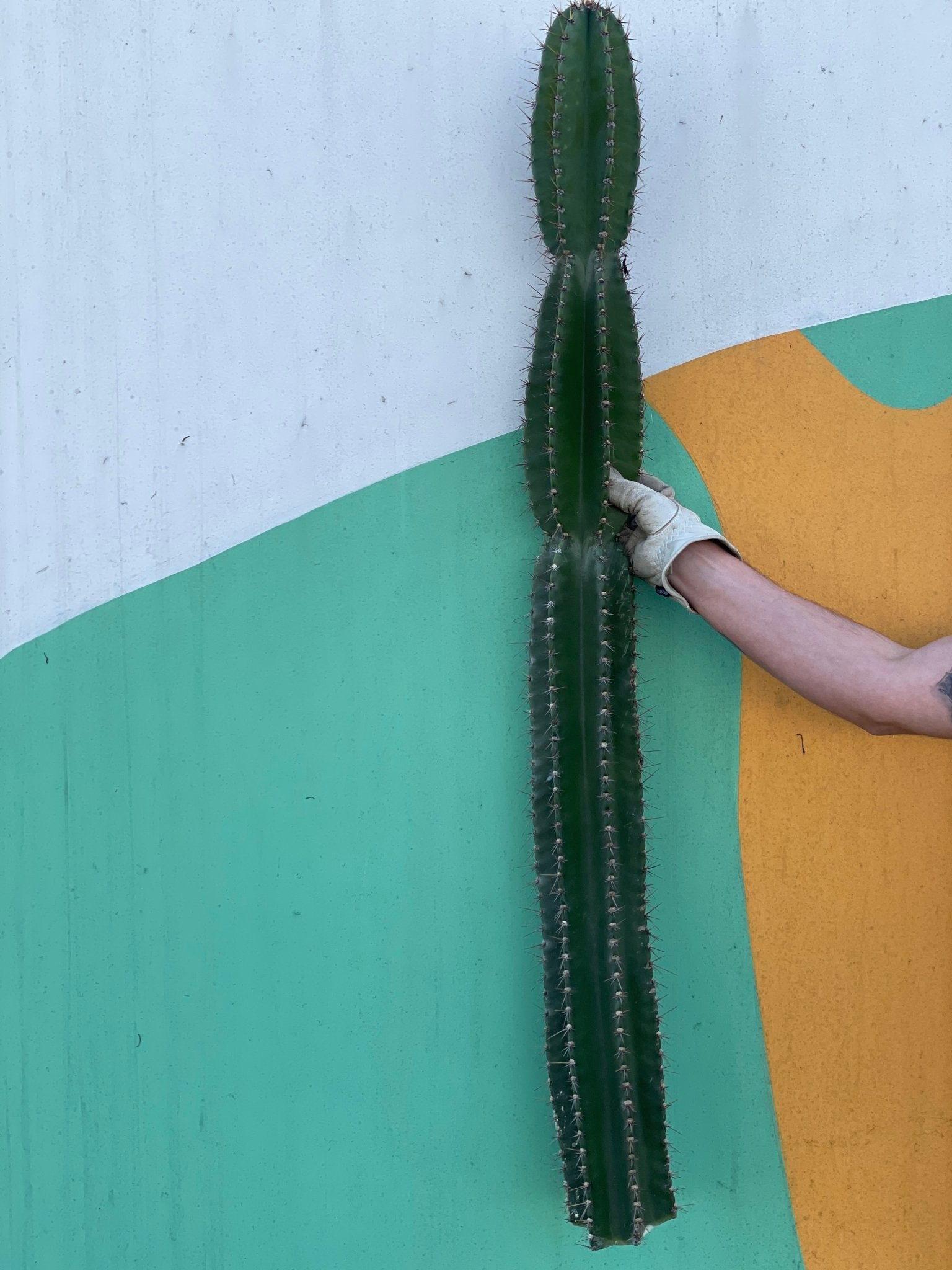
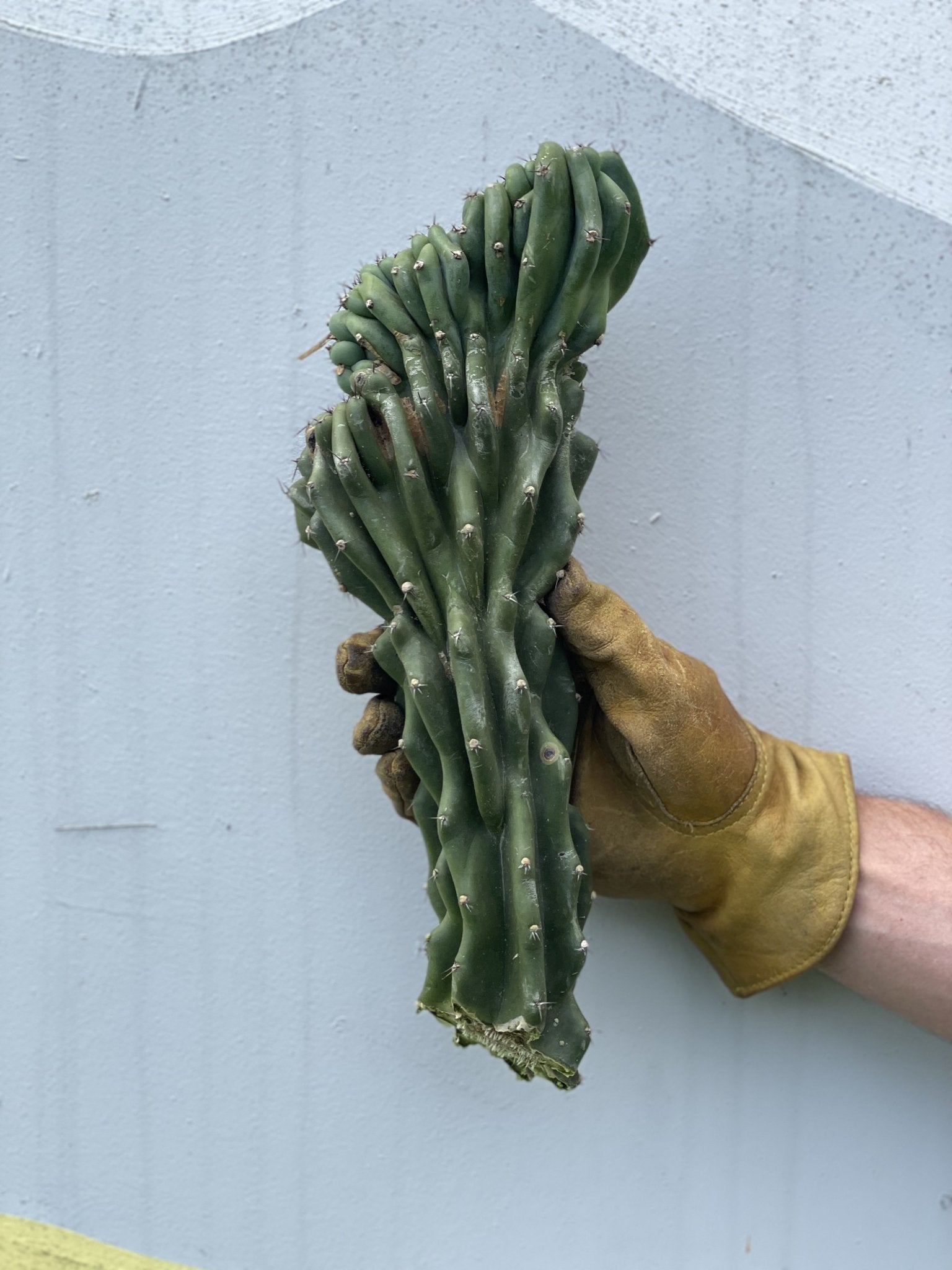
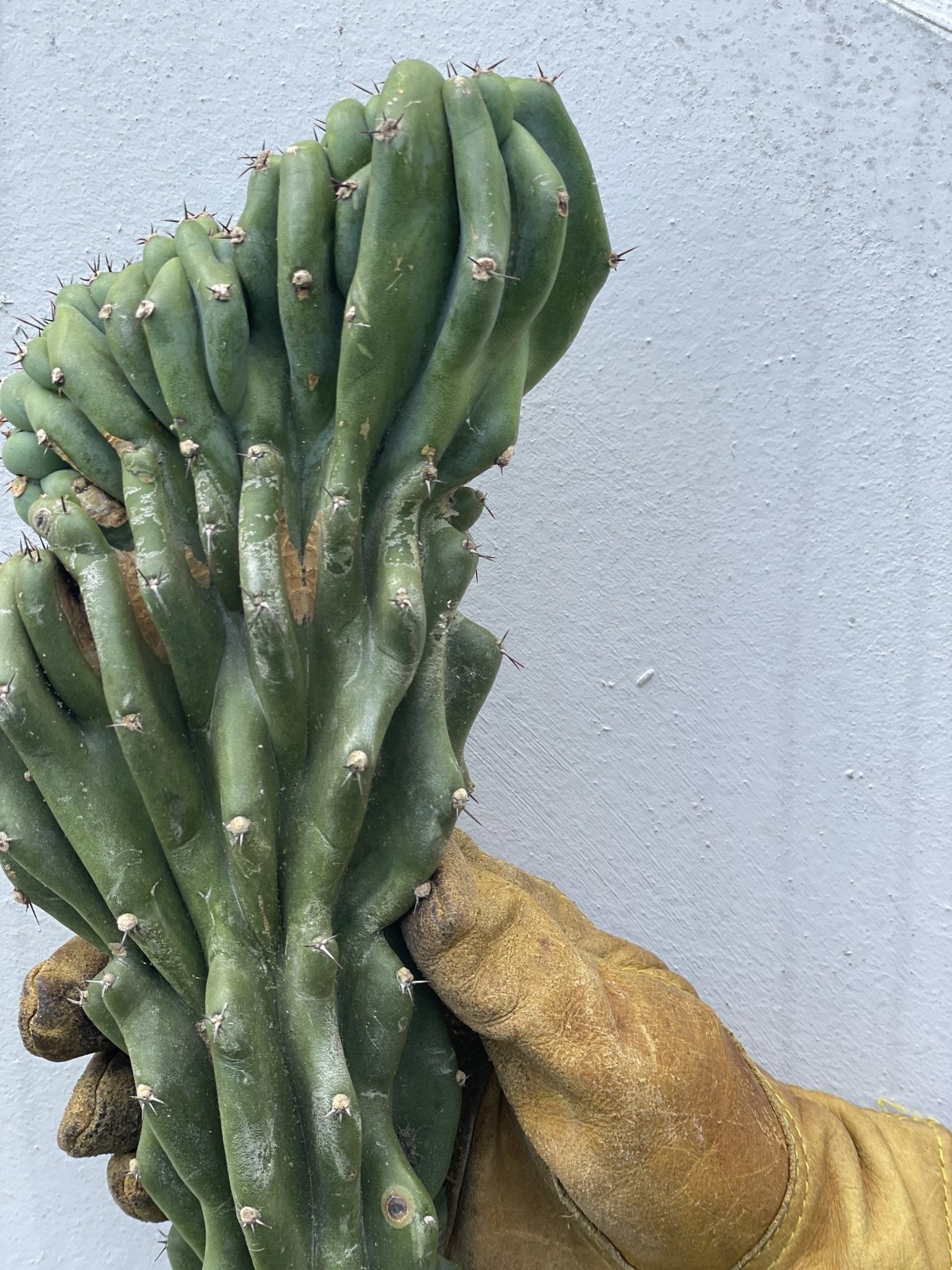


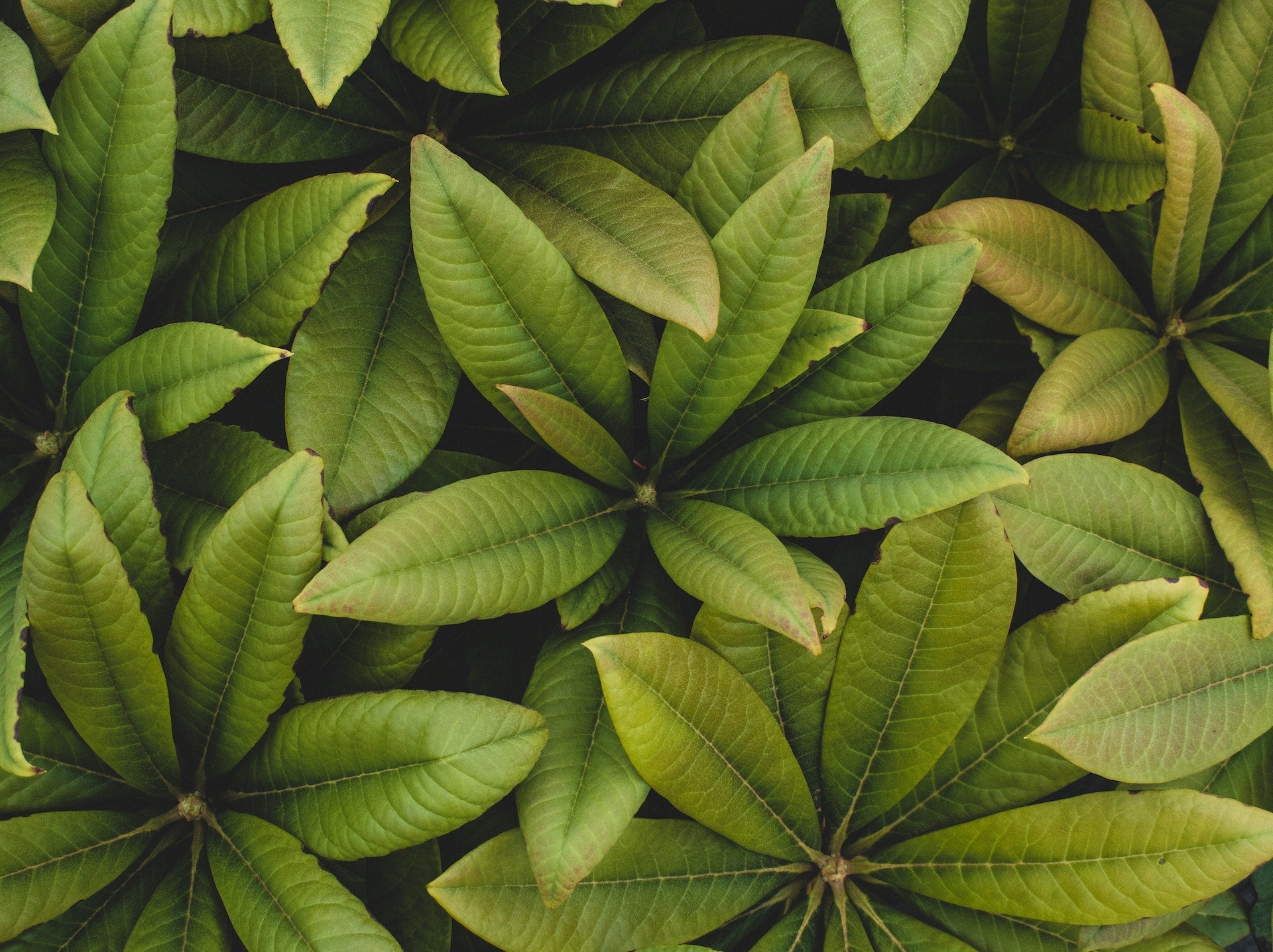
Leave a comment